|
 Previous part (Other things in automatic exchanges) Previous part (Other things in automatic exchanges)
Common control - routing by computer |
 |
 When was it in use? When was it in use?
1920's-Early 1990's |
Strowger exchanges had no common control, i.e there was no central control system overseeing the switching of calls. Each selector worked independently on a step-by step basis. If you like it was a form of distributed control
This made Strowger exchanges very reliable as (apart from the Ringing Machine and power supply) a failure of one item would not result in a complete loss of service to everyone, only a partial loss of service - a reduction in traffic capacity. The disadvantage was that routing logic was spread around the exchange making changes to routes more difficult, especially in complex networks with lots of big exchanges directly connected together such as in big cities.
Common control exchanges overcome this by having a central control system which makes routing decisions to select a path through the exchange and then operates the switches accordingly. An early common control system was the Director system, devised by Automatic Telephone & Electric (AT&E) at Liverpool in the 1920's.
AT&E had a license from Mr Strowgers US company to manufacture Strowger equipment in the UK at its Edge Lane factory and by the 20's had already supplied several step-by-step Strowger systems to the British Post Office which was testing out various forms of automatic switching in the telephone network.
The Post Office felt the Strowgers lack of a common-control system made it unsuitable for the complex networks in London and other big cities and instead wanted to purchase a different type of automatic system called Panel Switching. In the wake of the Great Depression & General Strike of the late 20's AT&E convinced the Post Office that as a government department Whitehall would never allow it to purchase a system which was not manufactured in the UK.
AT&E engineers devised a common control system for Strowger called the Director (basically an electromechanical computer) and the first Director controlled Strowger exchange opened in Holborn in 1927. The Director retained enough distributed control to retain Strowgers strong reliability but made changes to routing much easier and quicker as the network grew and evolved.
One side effect of the Director can still be seen today - cities which used Director exchanges (London, Birmingham, Liverpool, Glasgow & Edinburgh) still have 3 digit exchange codes and 4 figure customer numbers. This is because the Director was designed to identify the exchange using 3 digits and could store in its memory 4 other digits. The number dialled by the caller went into a Director which (using the 3 figure code) worked out the route through the two-motion selectors. The director then sent out different pulses to operate the two-motion selectors accordingly, hence the route could be changed without needing to alter the phone number.
|
